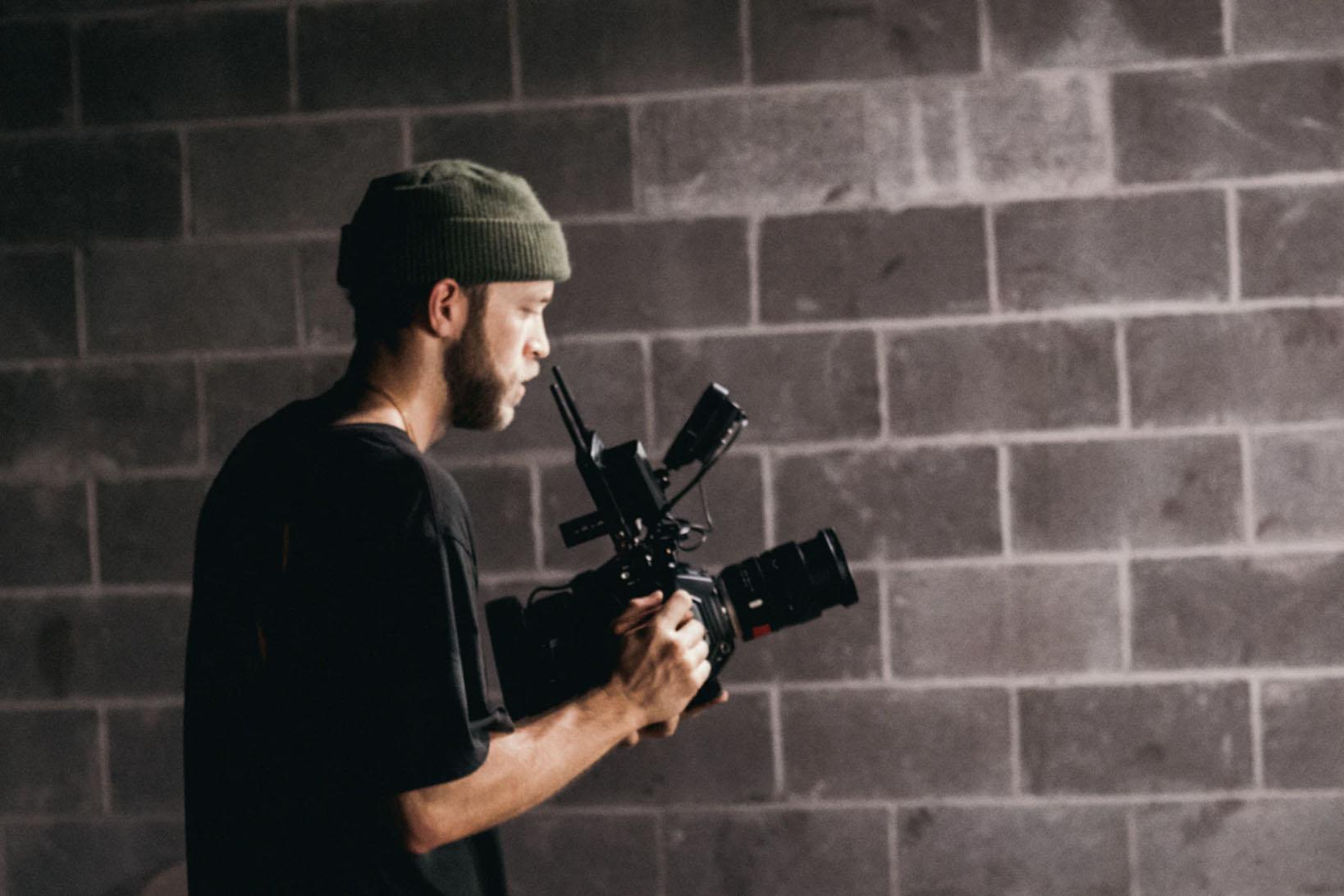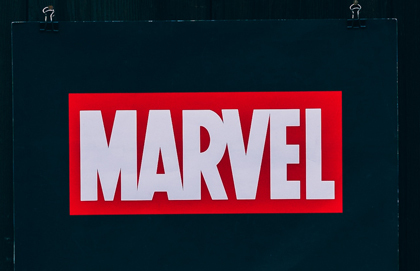Like many other North Americans trying to make the best of the pandemic’s second wave, I sat down last week and watched Amazon Prime’s latest sensation: Borat Subsequent Moviefilm. It’s a sequel to 2006’s Borat, which saw comedian Sacha Baron Cohen don the role of a fictitious Kazakh journalist in order to interview unsuspecting Americans for a ‘documentary’ on cultural relations. But what the movie actually explored was mid-2000s bigotry, with a hefty dollop of mayhem.
It was, as you can imagine, crass, problematic, enlightening and far from everyone’s cup of tea.
The sequel runs in much the same vein. The Borat character is brought back to make another documentary of American life, but this time he narrows his focus from the culture in general to the Republican party, especially with the leadup to the 2020 election. Other targets include Instagram influencers, COVID-19 dissidents, debutante balls, conspiracy theorists and, in an infamous scene, former New York mayor Rudy Giuliani.
The scenes bounce between political rallies, interviews and a vulgar father-and-daughter dance, and it all adds up to a convincing argument for the absurdity of modern American political life. While the proceedings are edited for maximum (and often exaggerated) shock value, even skeptical viewers are still left with a sense that this is how far we’ve come. What’s on screen might actually be happening.
The Borat films have come under heavy fire too, it has to be said. There’s how crude they are, for one, and then how nearly all the interviewees were fooled into thinking they were working on an entirely different film. And the criticisms aimed at how Borat treats his ‘participants’ are disturbing and entirely valid.
There’s something else, though, that I couldn’t help thinking after the credits rolled: namely how much the proceedings prefer gotcha! moments to contextualization or empathy. How absurdities and extremities are projected onto an entire party membership and, in a way, to half of the American populace. Cohen is not nonpartisan – he’s afraid, as many are, of the damage Donald Trump may do to democratic institutions should he win tomorrow’s election. And his movie has the very functional goal of mobilizing the electorate against that victory. Nuance takes second place activism.
Even if everything Cohen exposes is accurate, I would still argue that it doesn’t go deep enough to address the underlying problems. He encourages people to vote by presenting a frightening picture of the people who could be empowered by a Trump win, and he does so by painting Trump supporters with a broad brush that encourages fear, or even hatred. The movie, for all its points, comes up short when speaking about dialogue, analysis or understanding – this only furthers political polarization and does nothing to heal the wounds of a divided culture.
This made me think of an entirely different film: an actual documentary made by British filmmaker Deeyah Khan. In her White Right: Meeting The Enemy (available on TVO) she addresses the same ugly underside of American culture as Baron Cohen, but she instead decides to engage the white supremacists and alt-right leaders in conversation.
The movie is harrowing. Khan visits neo-Nazis, observes Ku Klux Klan rallies, visits white supremacist training camps and attends the infamous Unite the Right march in Charlottesville, VA. Through it all she maintains connections with the movement’s leaders and followers and facilitates discussions where they lay out their thoughts on ethnic cleansing, white ethno states and more. She becomes a presence in their lives and listens to stories of economic downturn, fear and depression. The fact that she does this as a woman of colour brings authority to her project, and many of her correspondents describe her as the first racialized ‘friend’ they have ever had. Some of them start rethinking their positions as a result.





